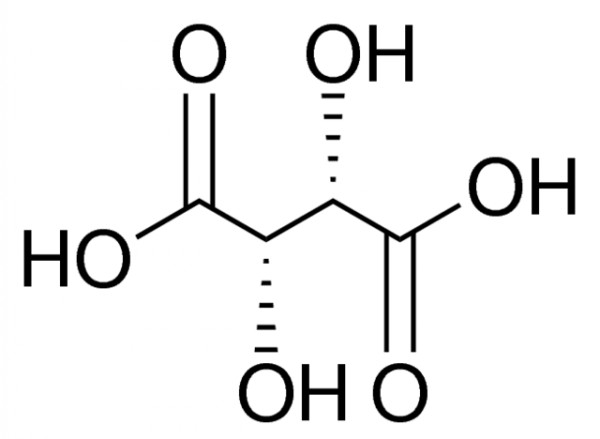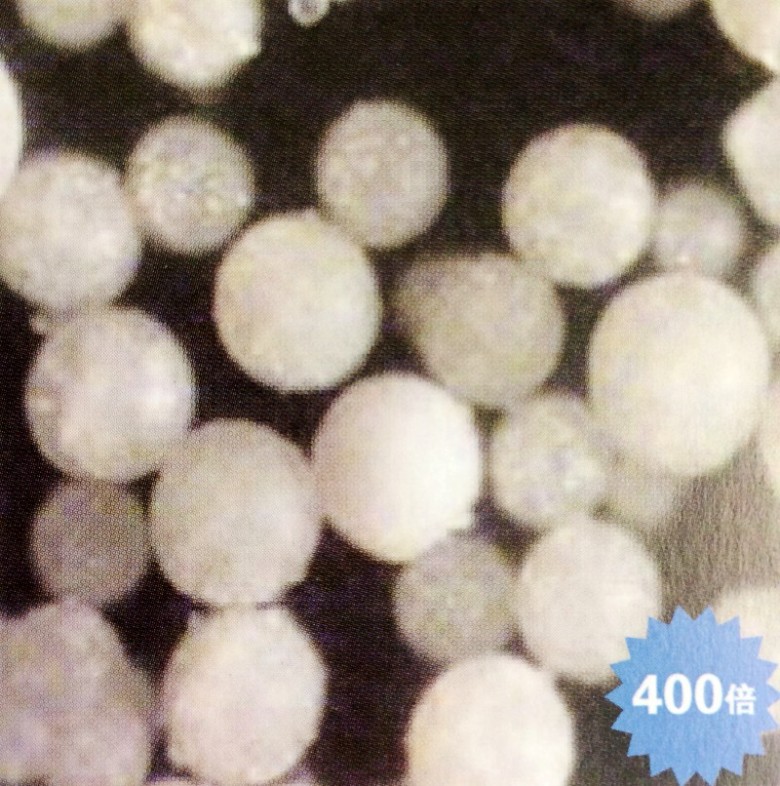DL-tartaric acid (CAS NO.: 133-37-9)
Description:
It is divided into crystals and anhydride by the difference of crystallization water containing. The crystals are colorless or crystalline powder. The anhydride is white granules or powder.
Chemical Name: 2,3-dihydroxy butanesdioic acid
Molecular Formula: C4H6O6
Structural Formula:

Molecular Weight: 150.09
Specification:
(Executive Standard: GB15358-2008, also meets the standard of Japan Kimisada book.)
|
|
C4H6O6.H2O |
C4H6O6 |
|
Assay: |
99.5% min |
99.5% min |
|
Melting point:℃ |
200~206 |
200~206 |
|
Sulfate (as SO4) |
0.04% max |
0.04% max |
|
Heavy metals (as Pb): |
0.001% max |
0.001% max |
|
Arsenic (as As): |
0.0002% max |
0.0002% max |
|
Leadily oxidizable substances: |
Qualified |
Qualified |
|
Reduction on drying |
11.5% max |
0.5% max |
|
Residue on ignition: |
0.10% max |
0.10% max |
|
Production License NO.: SuXK13-217-00018 |
||
Main function and purpose:
DL-tartaric acid is widely used in foodstuffs, medicine, chemical industry and light industry and is mainly used to make tartrates such as antimony potassium tartrate and potassium sodium tartrate. It can be served as beer vesicant, foodstuff sourness agent and flavoring etc. Its sourness is 1.3 times of that of citric acid, and is especially suitable to be a sourness agent of grape juice. It is also used in photographic, glass, enamel and telecommunication equipment industries.
Packing:
25kg net in draft/ plastic bag lined with PE bag, 20MT/20’FCL(on pallet).
Storage:
Keep airtight and away from direct sunlight in a dry and cool place.















